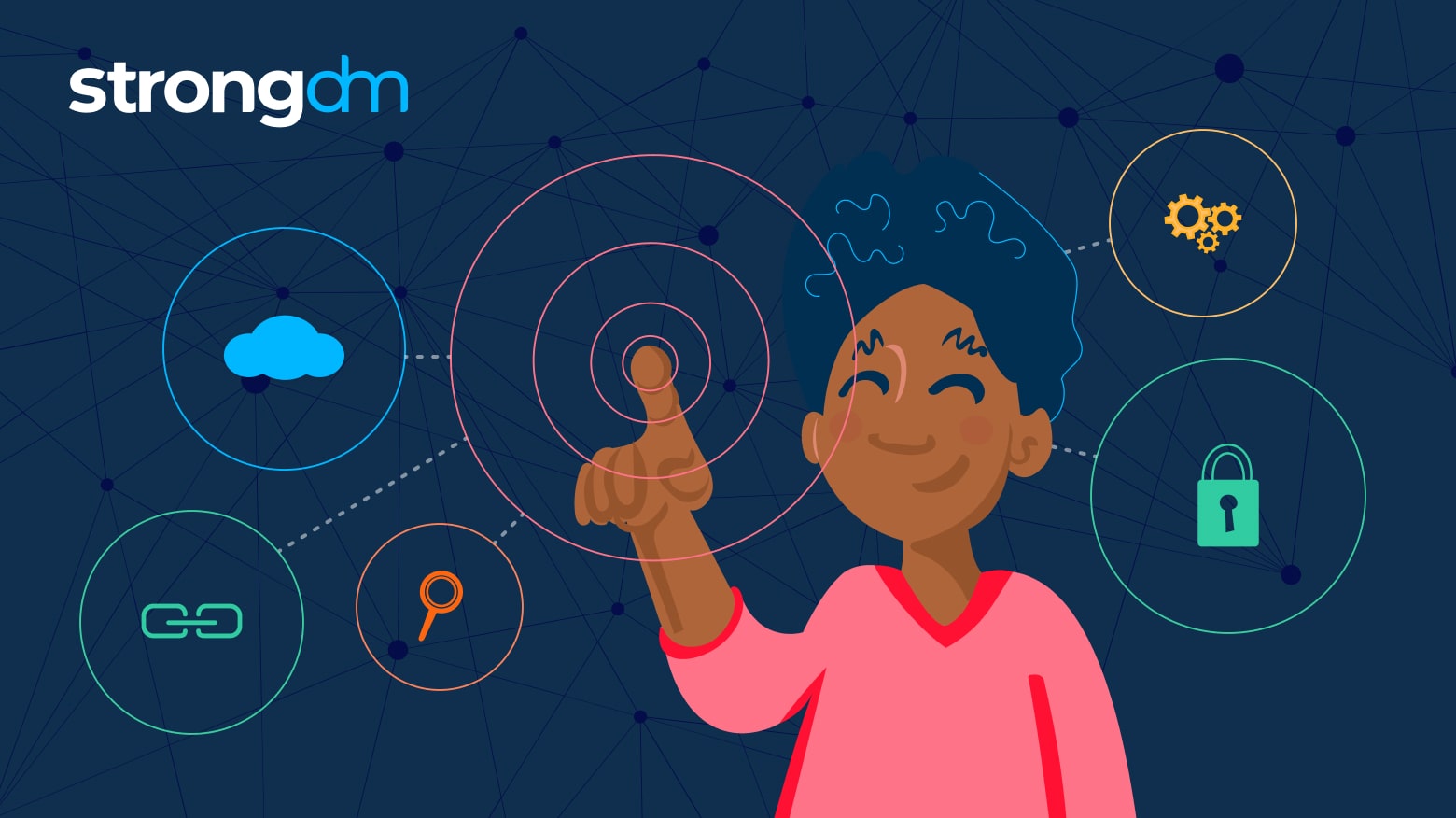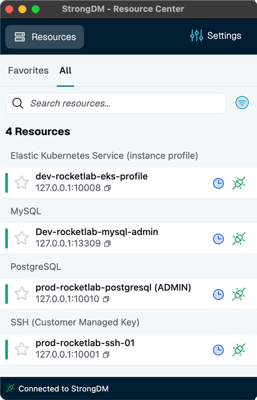In this article, we’ll compare the top IAM solutions: StrongDM, CyberArk Identity, Okta, BeyondTrust, ManageEngine AD360, Saviynt, and Twingate. We’ll explore what business needs identity and access management solutions address, and review the pros and cons of each. By the end of this article, you’ll know how to choose the right IAM solution for your organization.
Posts by Category:
- Security
- Access
- DevOps
- Privileged Access Management
- Auditing
- Zero Trust
- Compliance
- Policy
- Databases
- SOC 2
- Authentication
- Identity and Access Management
- Team
- Compare
- Engineering
- Integrations
- Product
- Kubernetes
- AWS
- Productivity
- Podcasts
- SSH
- Observability
- HIPAA
- ISO 27001
- Role-Based Access Control
- Dynamic Access Management
- Secure Access Service Edge
- Webinars
- Events
- NIST
- Onboarding
- Passwordless
- Offsites
- Platform
- PCI

Cloud data protection is an increasingly popular element in an organization’s security strategy. In this article, we’ll explore what cloud data protection is, why it’s important, and the best practices to follow when migrating to the cloud. By the end of this article, you’ll understand the benefits and challenges of adopting a data security strategy for cloud environments.
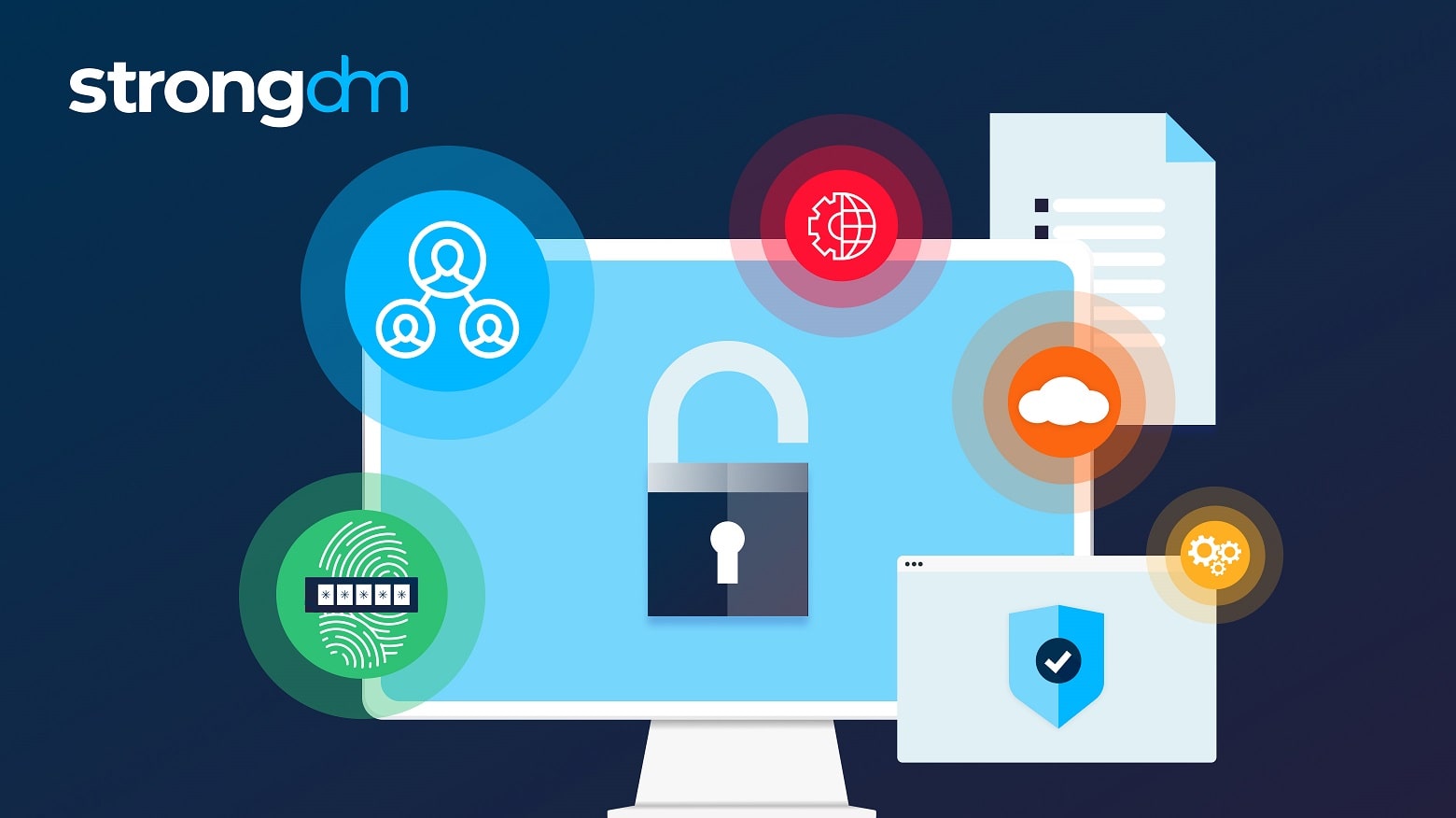
In this article, we will look at three important types of access control in security. You’ll learn about the different types of access control, how they work, and their pros and cons. By the end of this article, you’ll understand what type of access control will work best for your organization and meet your security needs.
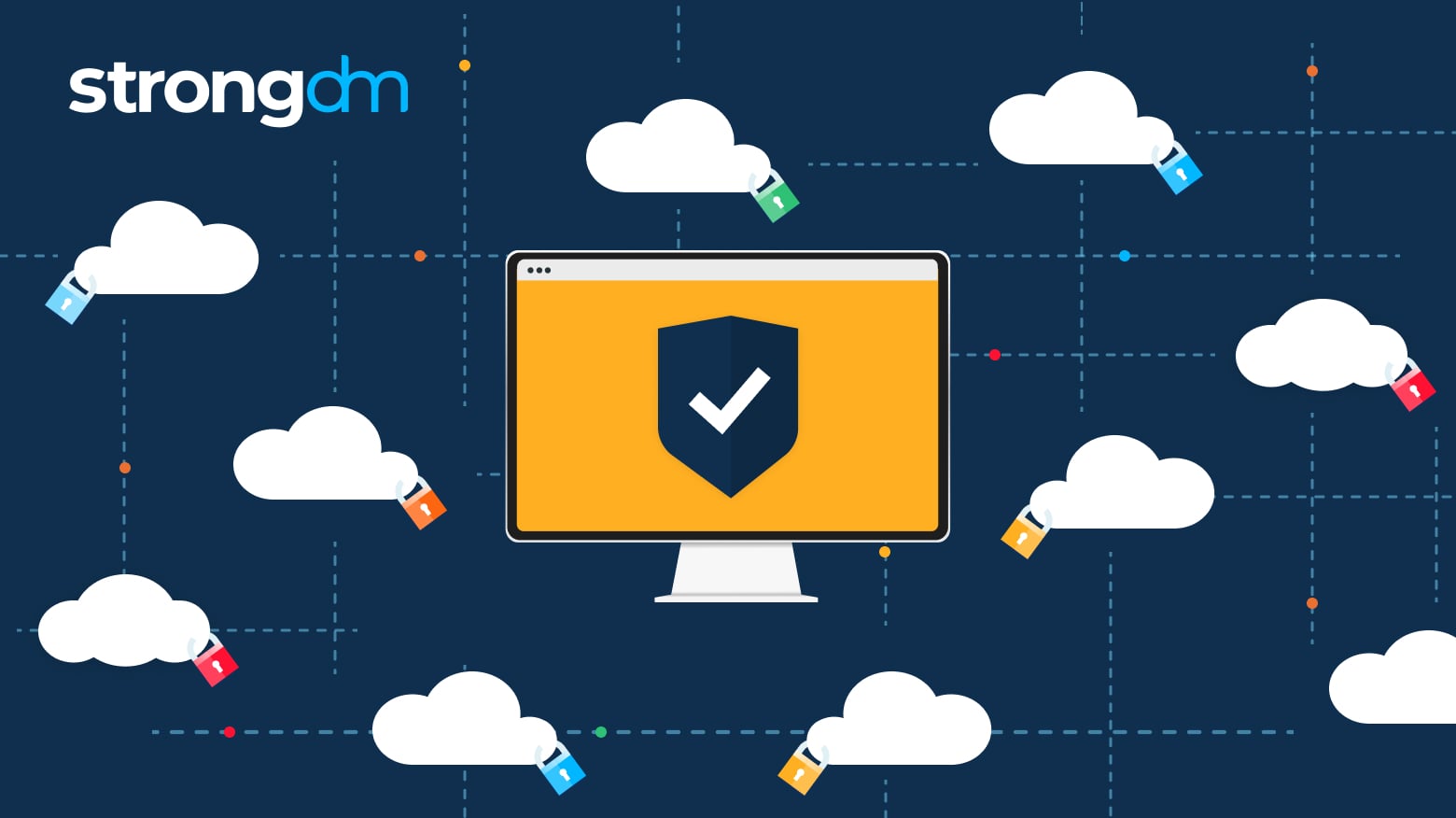
Enterprise cloud security is quickly becoming a cybersecurity best practice for large organizations. In this article, we’ll explore what enterprise cloud security is, why it’s important, and the challenges organizations experience with enterprise cloud adoption. You’ll learn about common cloud security issues and the best practices you should adopt to avoid those issues. By the end of this article, you’ll feel confident choosing the right enterprise cloud solution for your organization
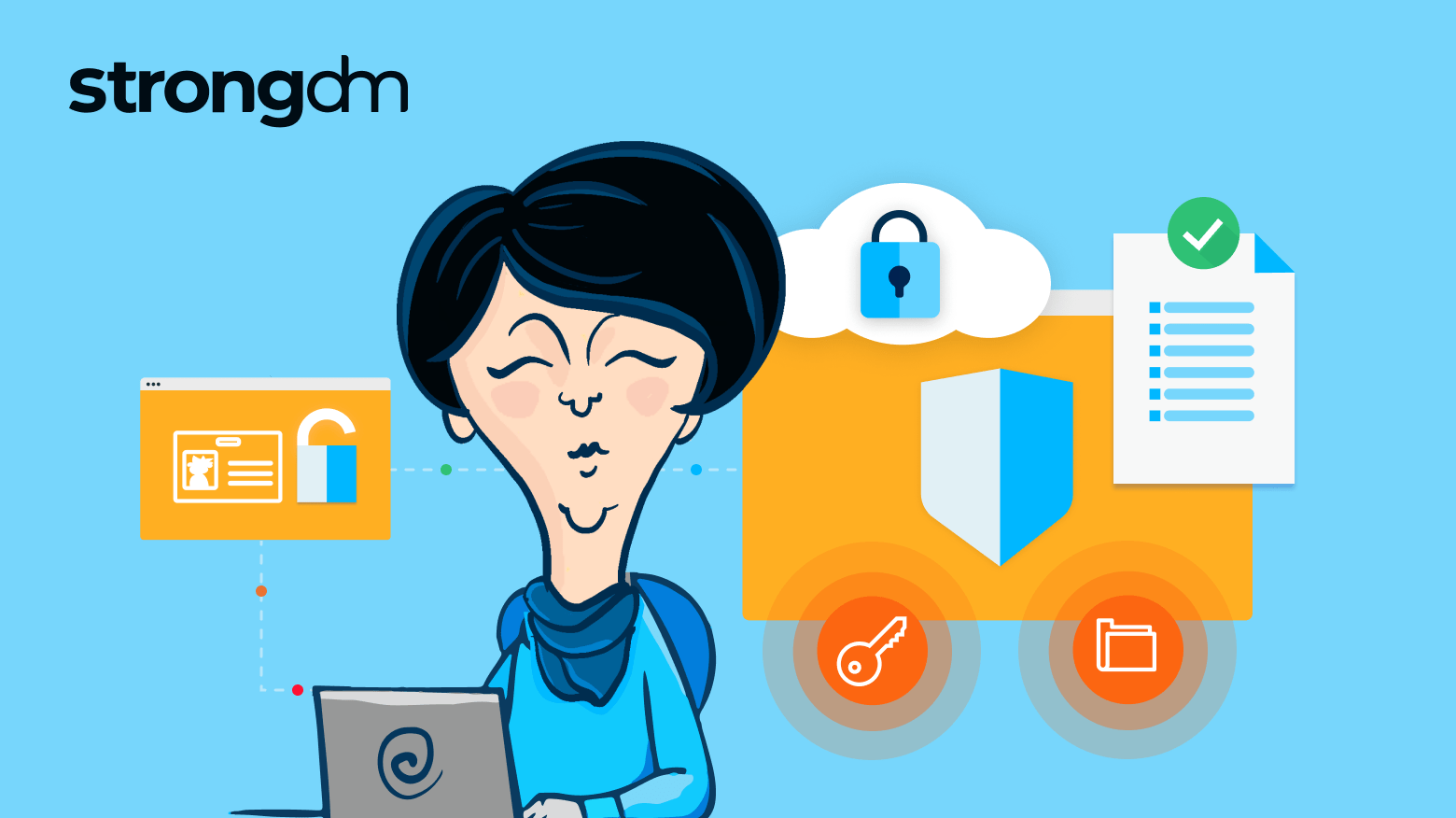
Enterprises often have thousands of users to manage, and therefore unique requirements for their enterprise identity and access management software solutions. In this article, you’ll learn what enterprise IAM is and what to expect in a successful enterprise-wide IAM software implementation. By the end of this article, you’ll know the benefits and challenges of introducing enterprise IAM solutions in your organization.
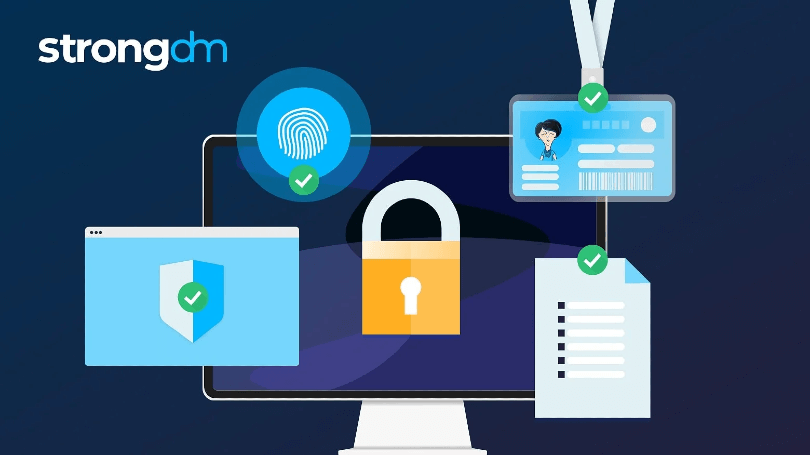
In this article, we’ll review the leading privileged access management (PAM) solutions on the market. We’ll explore the pros and cons of the top privileged access management vendors so you can easily compare the best PAM solutions. By the end of this article, you’ll feel confident choosing the right privileged access management solution for your organization.
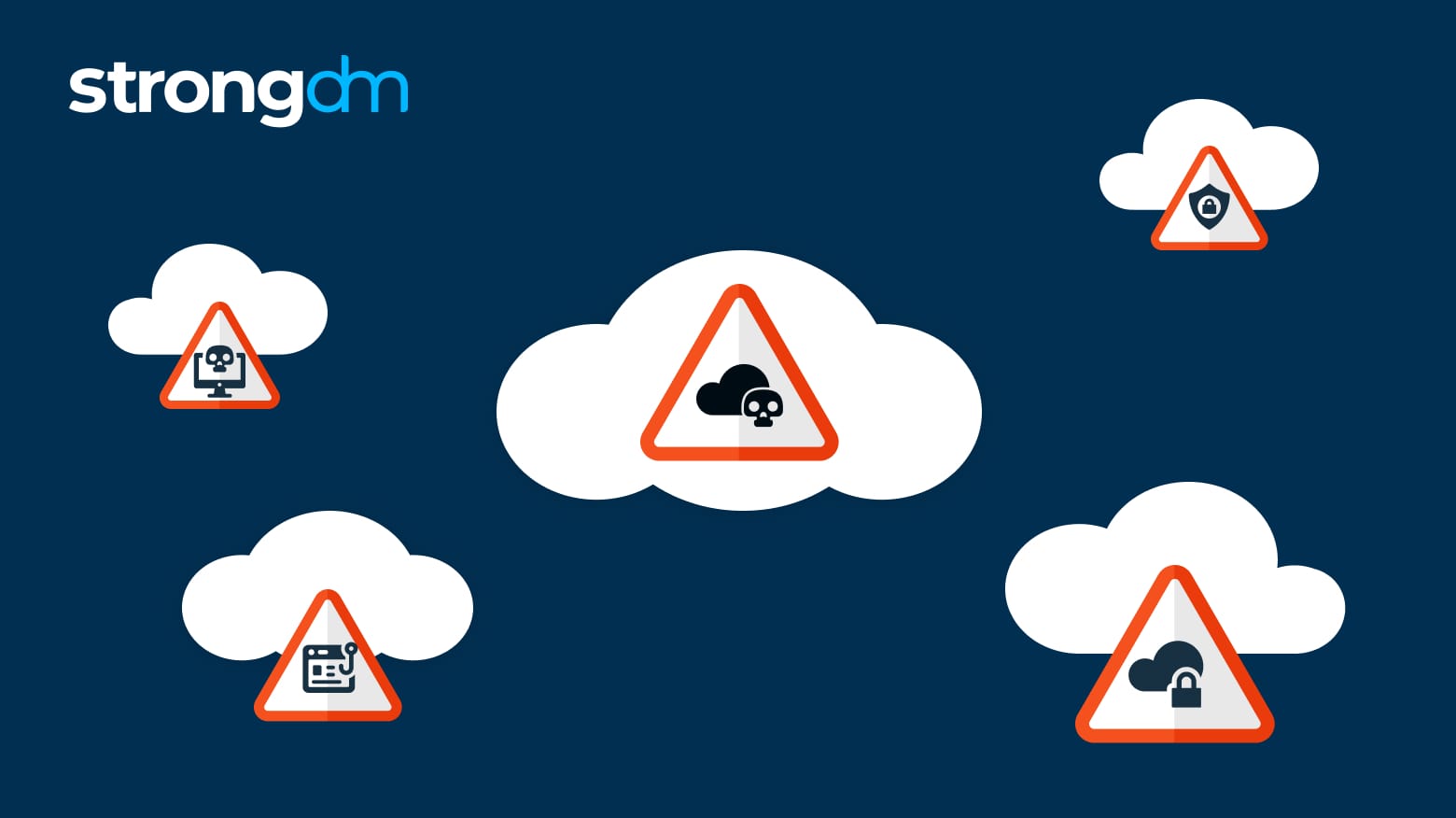
In this article, we look at the top risks and security issues in cloud computing. You'll learn about specific cloud security threats and cloud storage security issues, as well as strategies for managing cloud security effectively. By the end of this article, readers will fully understand the top security issues related to using cloud-based file management tools and services.
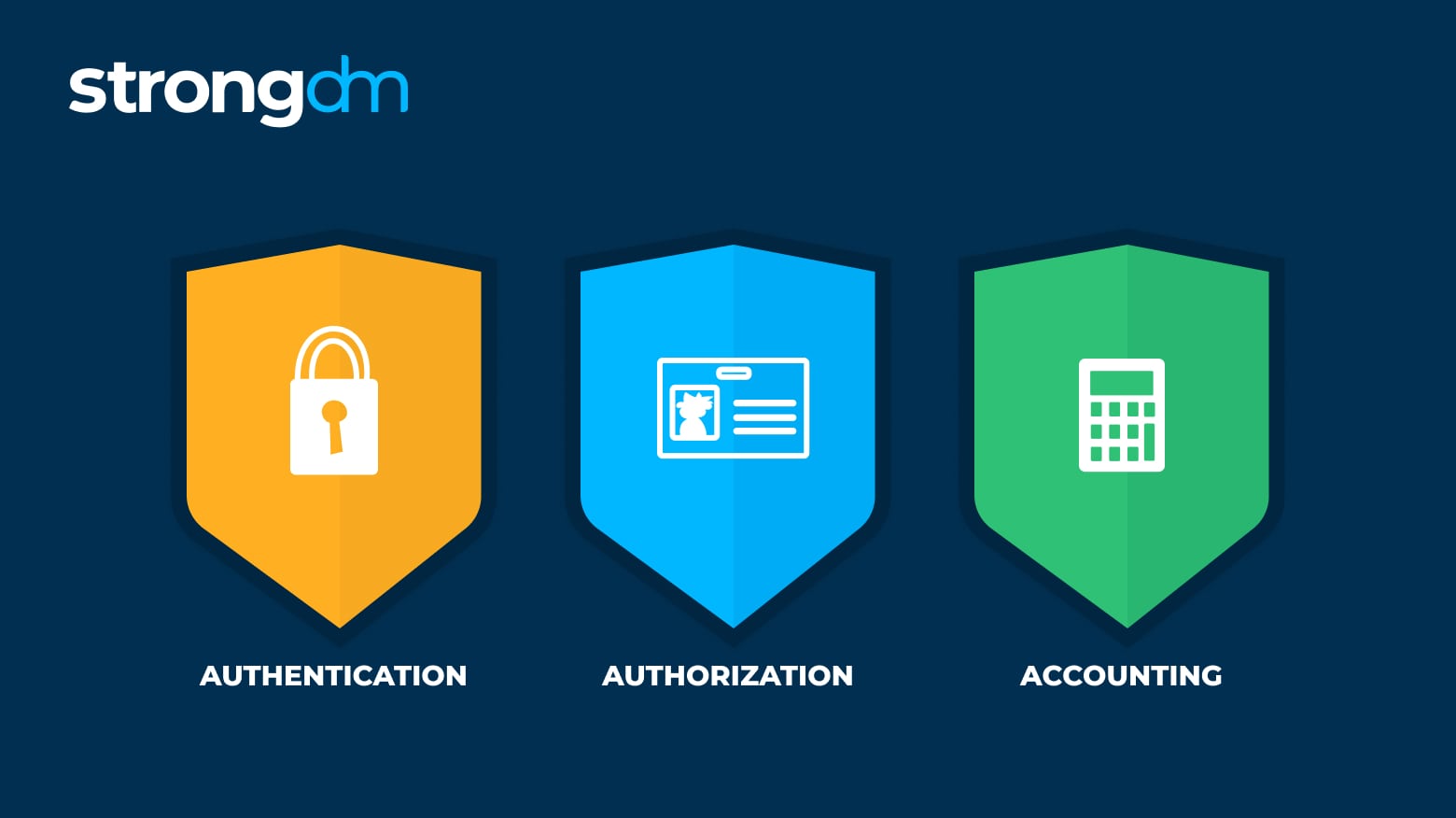
In this article, we'll cover the Authentication, Authorization, and Accounting (AAA) framework for cybersecurity, the meaning of each AAA component, and the benefits of using it for granular access control. You'll learn about different AAA protocols and how they relate to Identity and Access Management (IAM). By the end of this article, you'll fully understand AAA networking and how the model assists with network security and monitoring.

In this article, we take a deep dive into Remote Browser Isolation (RBI), its history, and how it works. You'll learn about the common challenges associated with remote browser isolation and its importance in securing users from internet-based cyber threats. By the end of this article, you'll gain a complete understanding of remote browser isolation, as well as how it can be used to complement a Zero Trust framework.
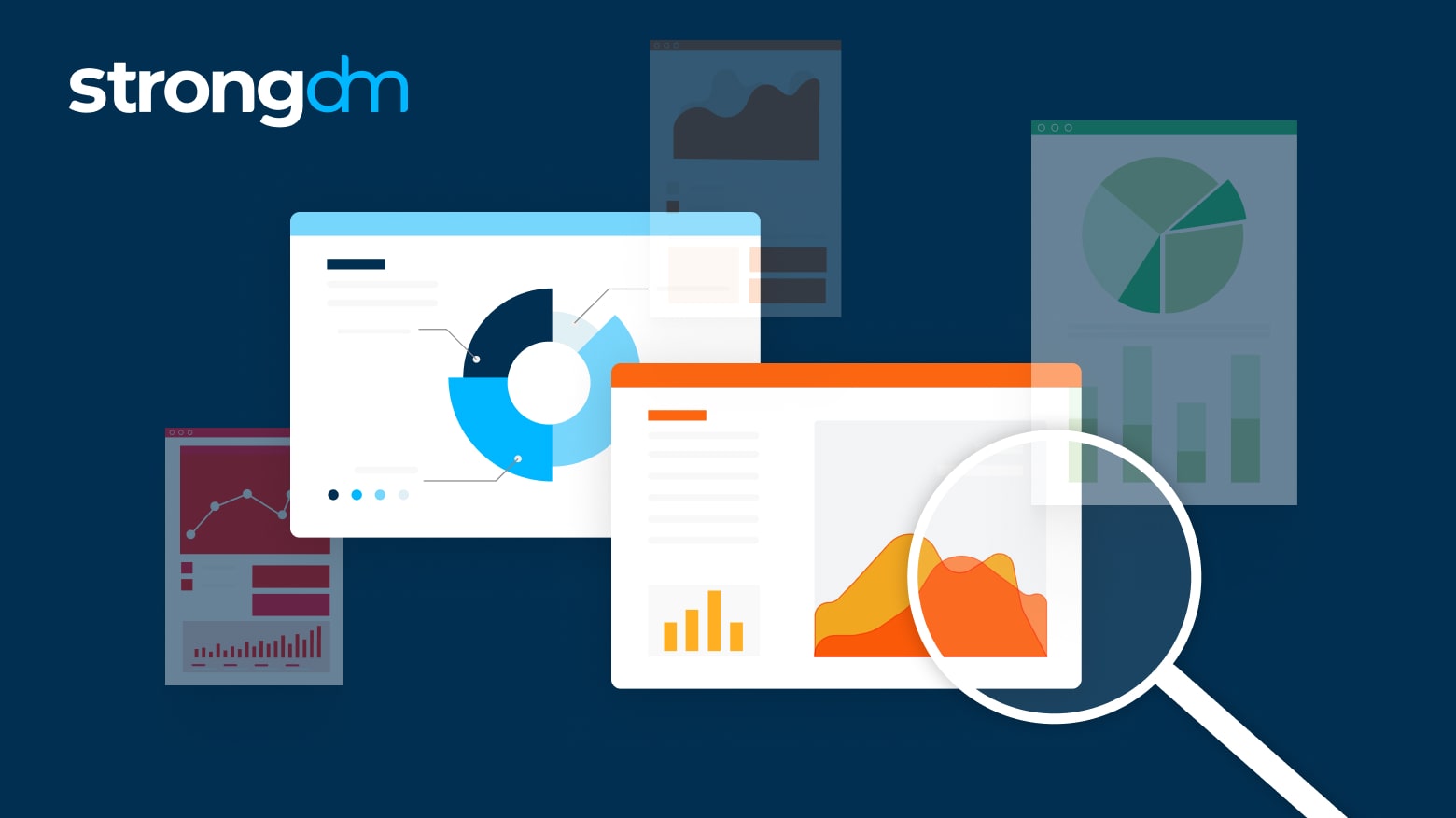
In this article, we will explain how User and Entity Behavior Analytics (UEBA) helps modern organizations defend against sophisticated, hard-to-detect cybersecurity attacks. You’ll learn how UEBA compares to other security monitoring tools, the top benefits of UEBA, and important challenges to consider. By the end of this article, you’ll know the basic UEBA meaning and the most important factors to help you decide if a UEBA tool is right for your organization.
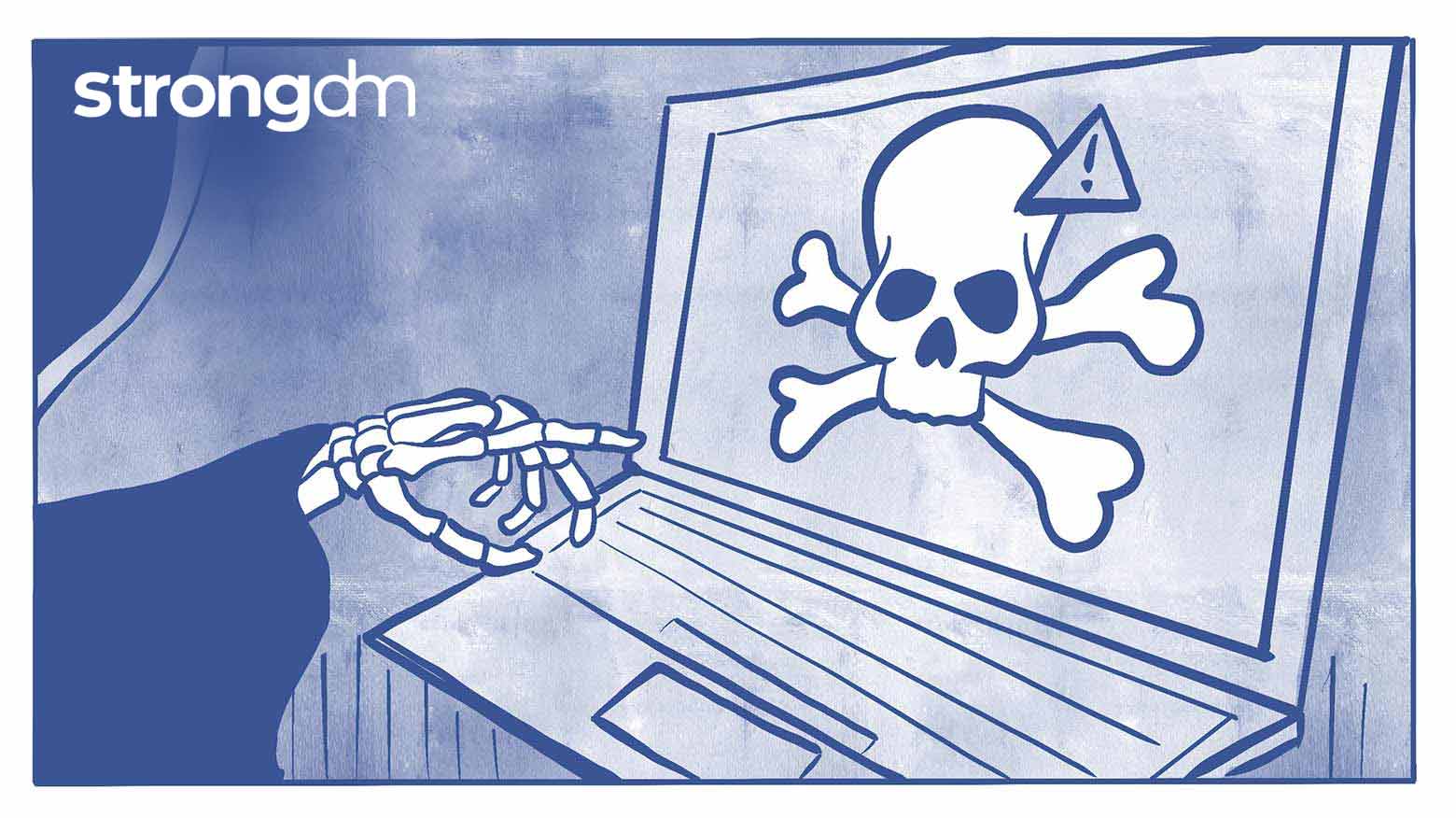
Gather ‘round for five, real-life stories of data breach that will haunt your dreams. You’ll find no ghosts, ghouls, or vampires here—though there may be zombies. Read on if you dare…

This article will cover statistics highlighting the extent of these cloud security breaches, who is most affected, how much money this is costing everyone, what the conduits of the security breaches are, and what people intend to do about it.
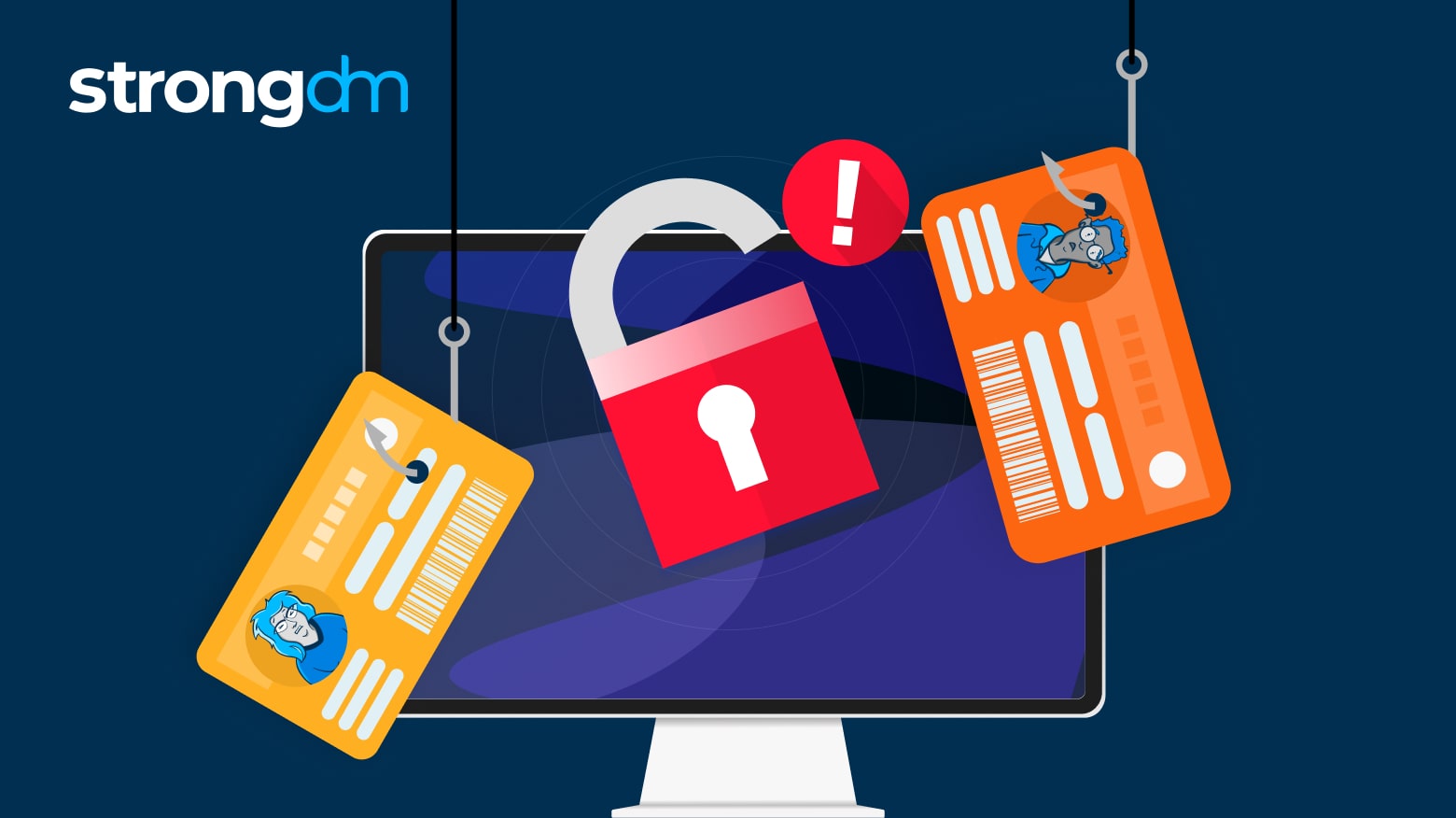
In this article, we’ll explore what data exfiltration is, the difference between exfiltration of data and data leakage, and how to detect data exfiltration. You’ll learn the dangers of data exfiltration in cybersecurity, data exfiltration examples, and the types of exfiltrated data that malicious actors target most. By the end of this article, you’ll know what causes data exfiltration, common data exfiltration tactics, and how to prevent data exfiltration in your organization.
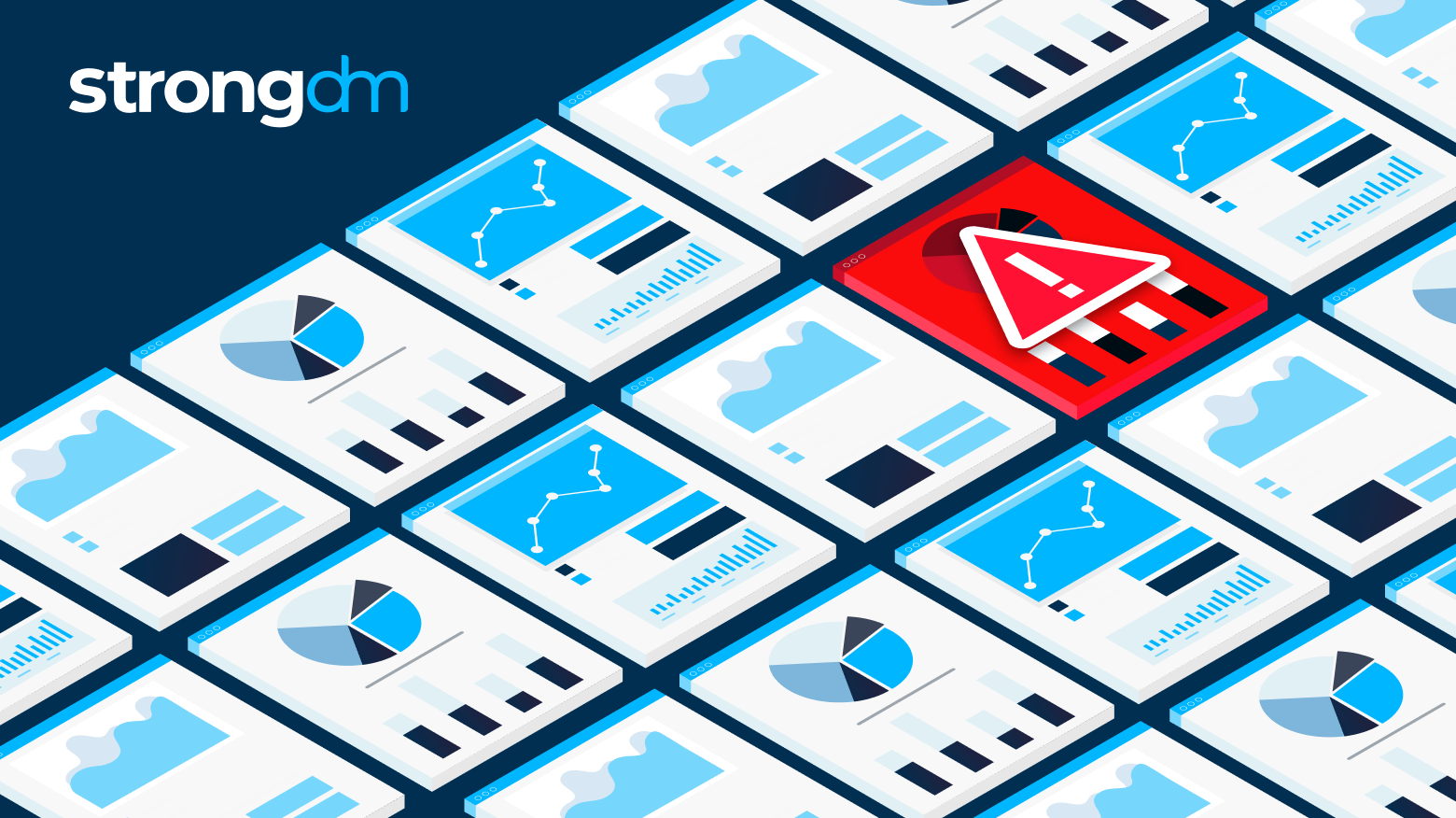
This article covers everything you need to know about anomaly detection and why anomaly detection is important for your organization’s security. You’ll learn about common challenges companies face when detecting anomalous data, types of anomaly detection, and anomaly detection methods your company can leverage. By the end of this article, you’ll know how to find anomalies in data and prevent irregular data incidents with practical anomaly detection models.
